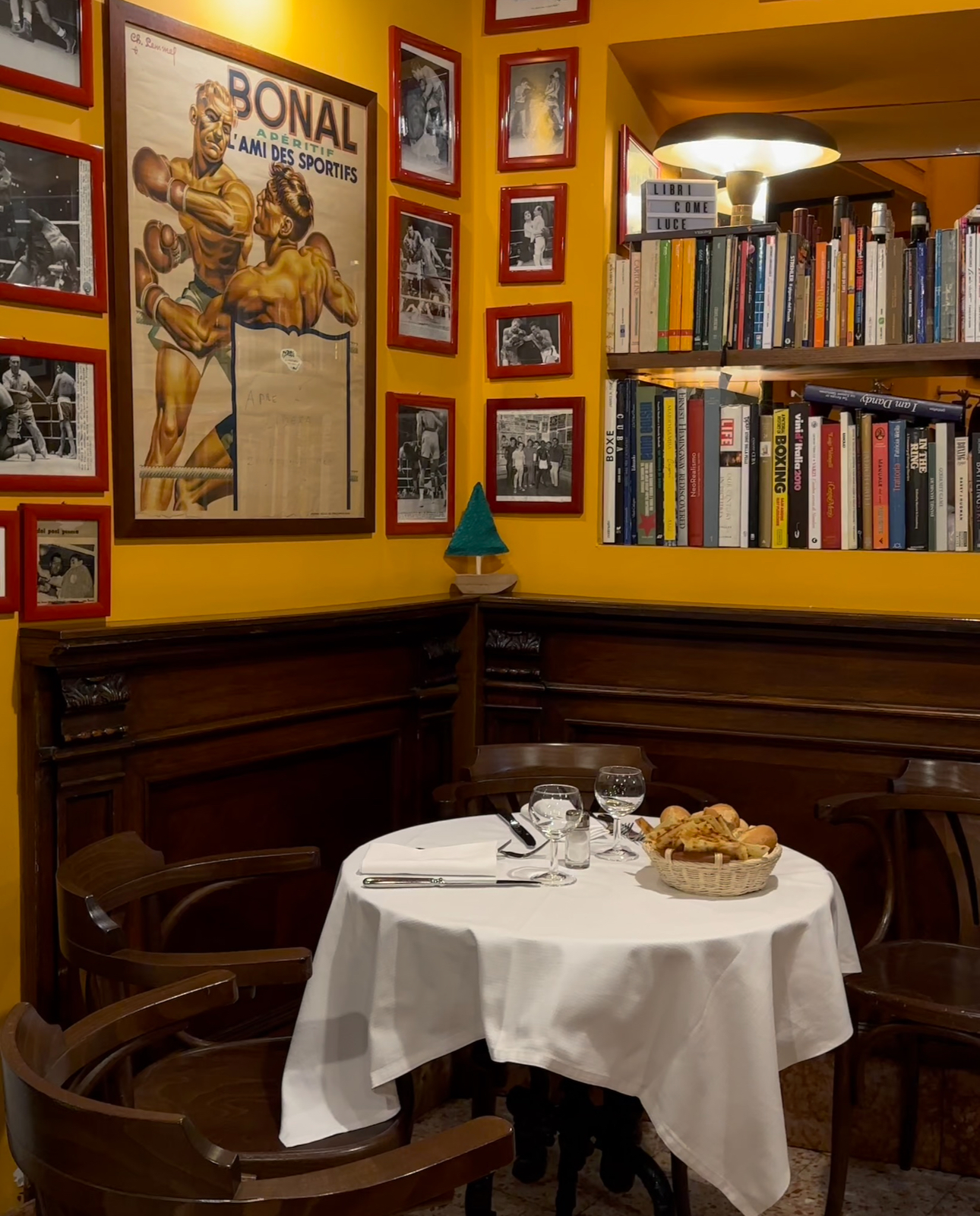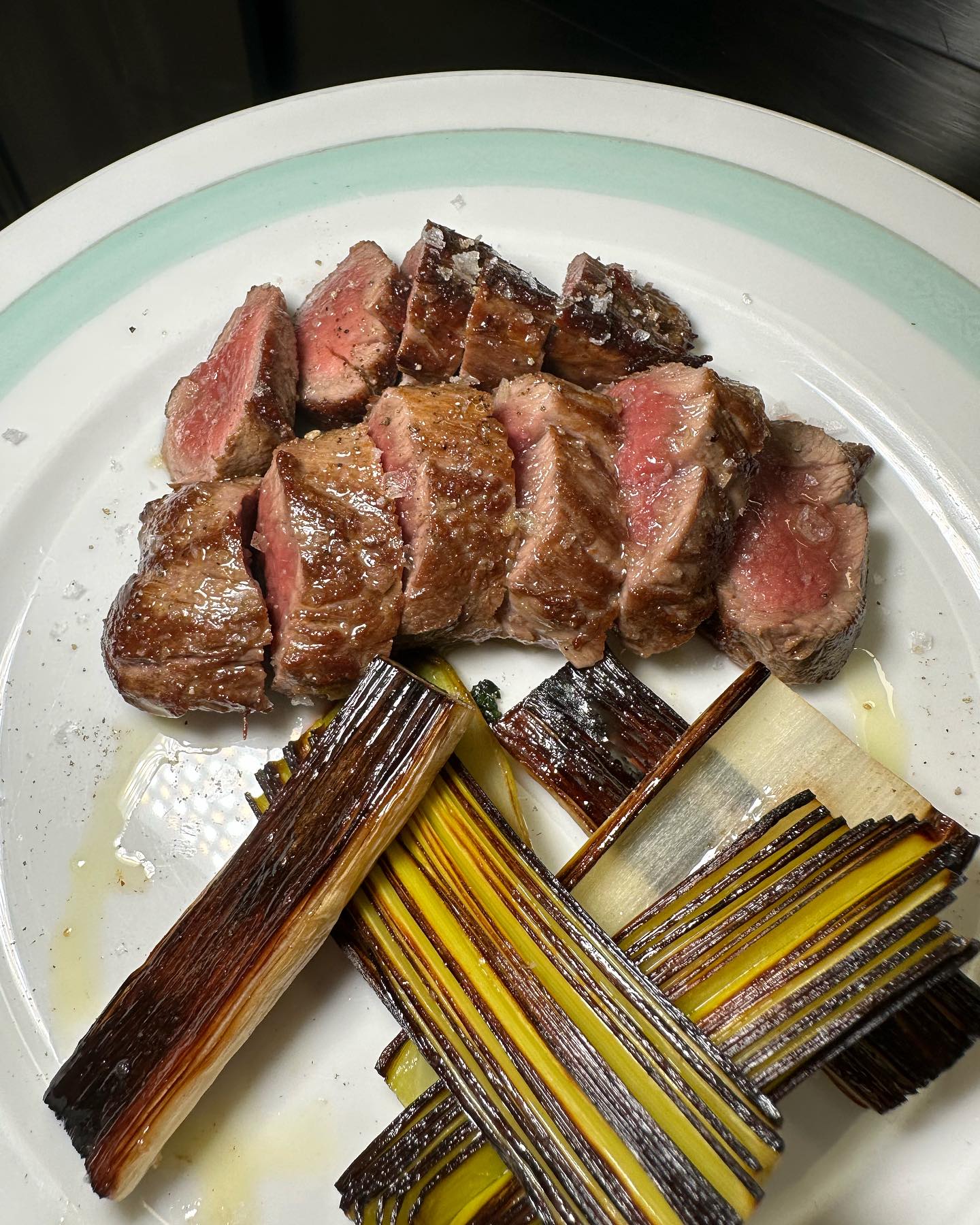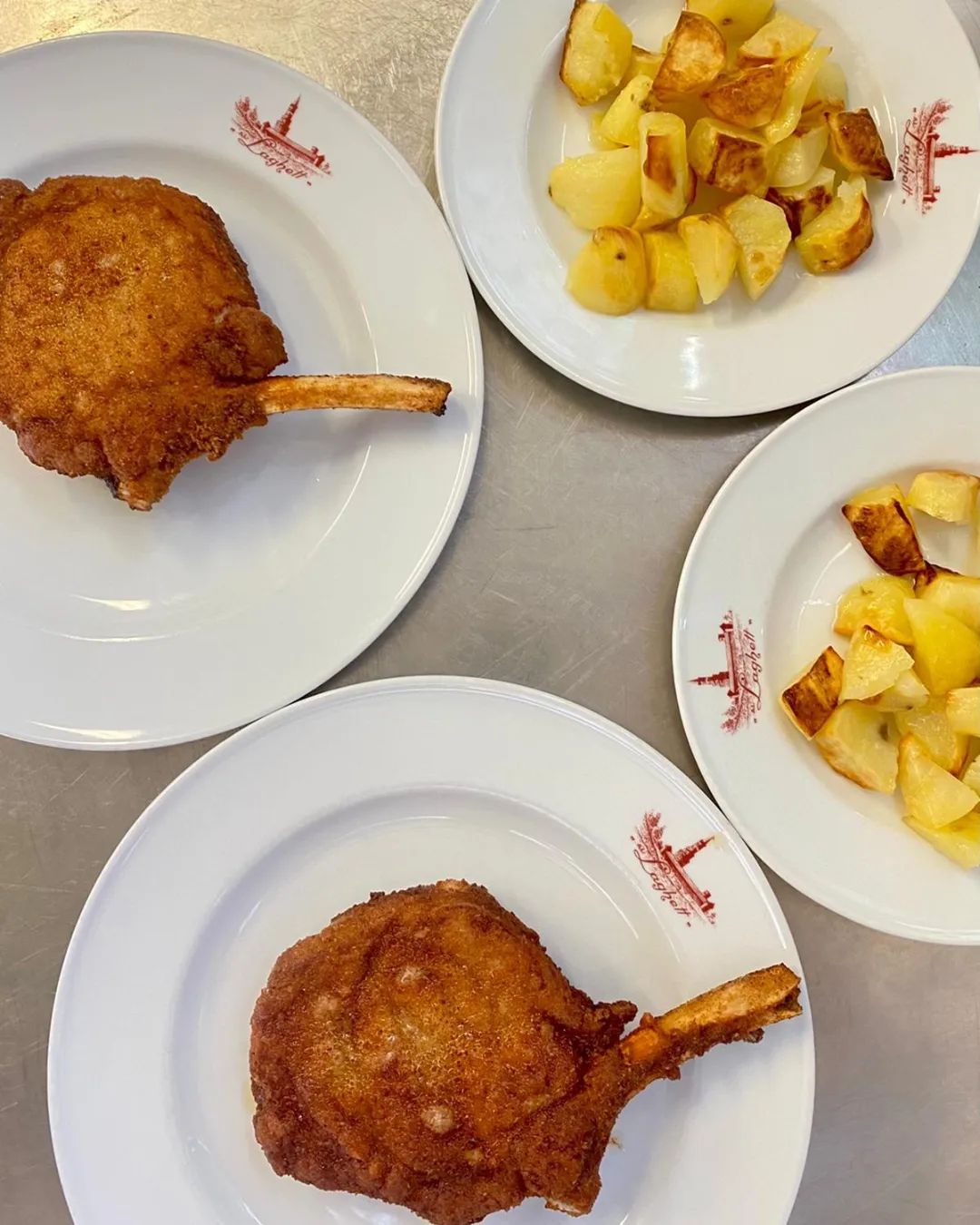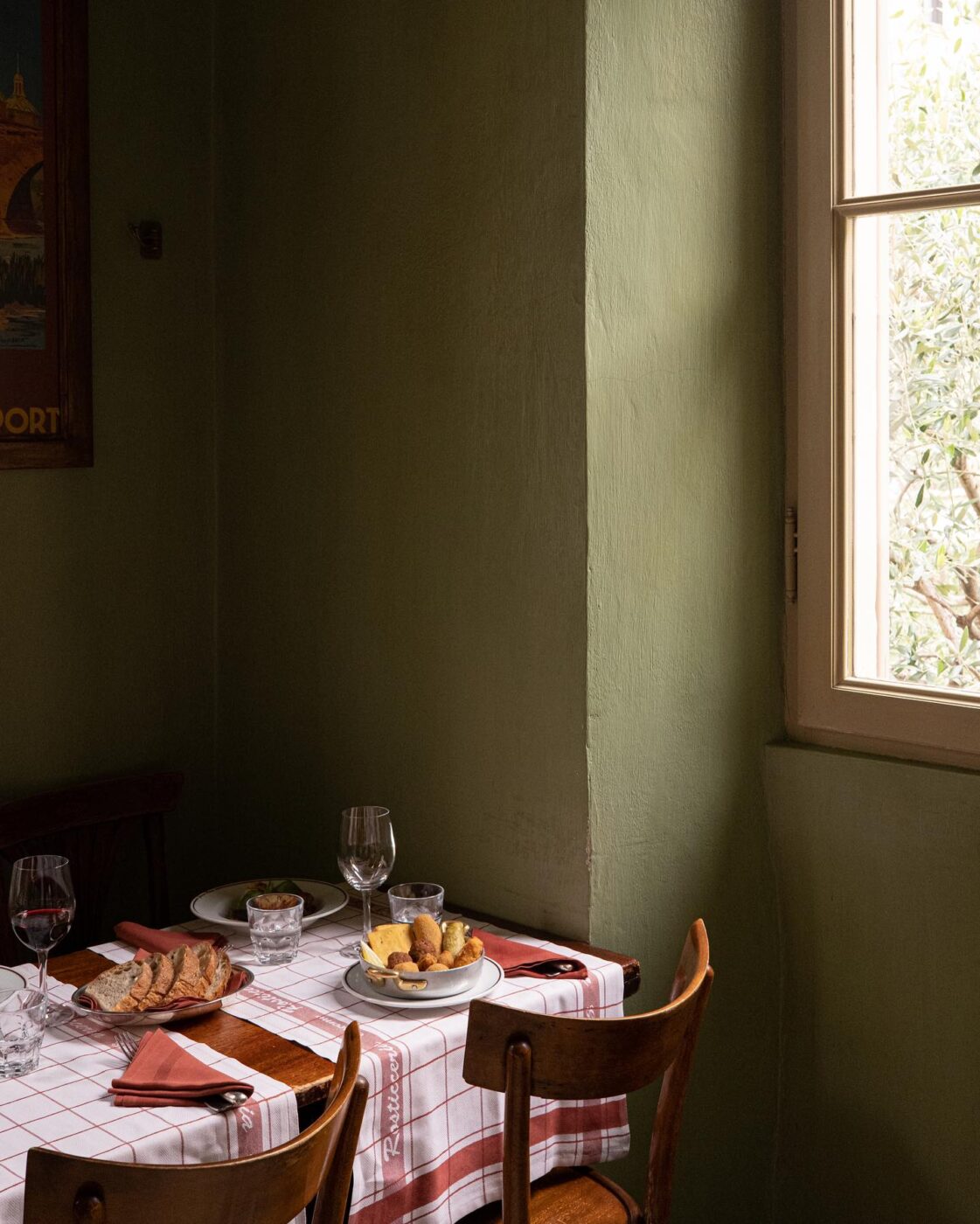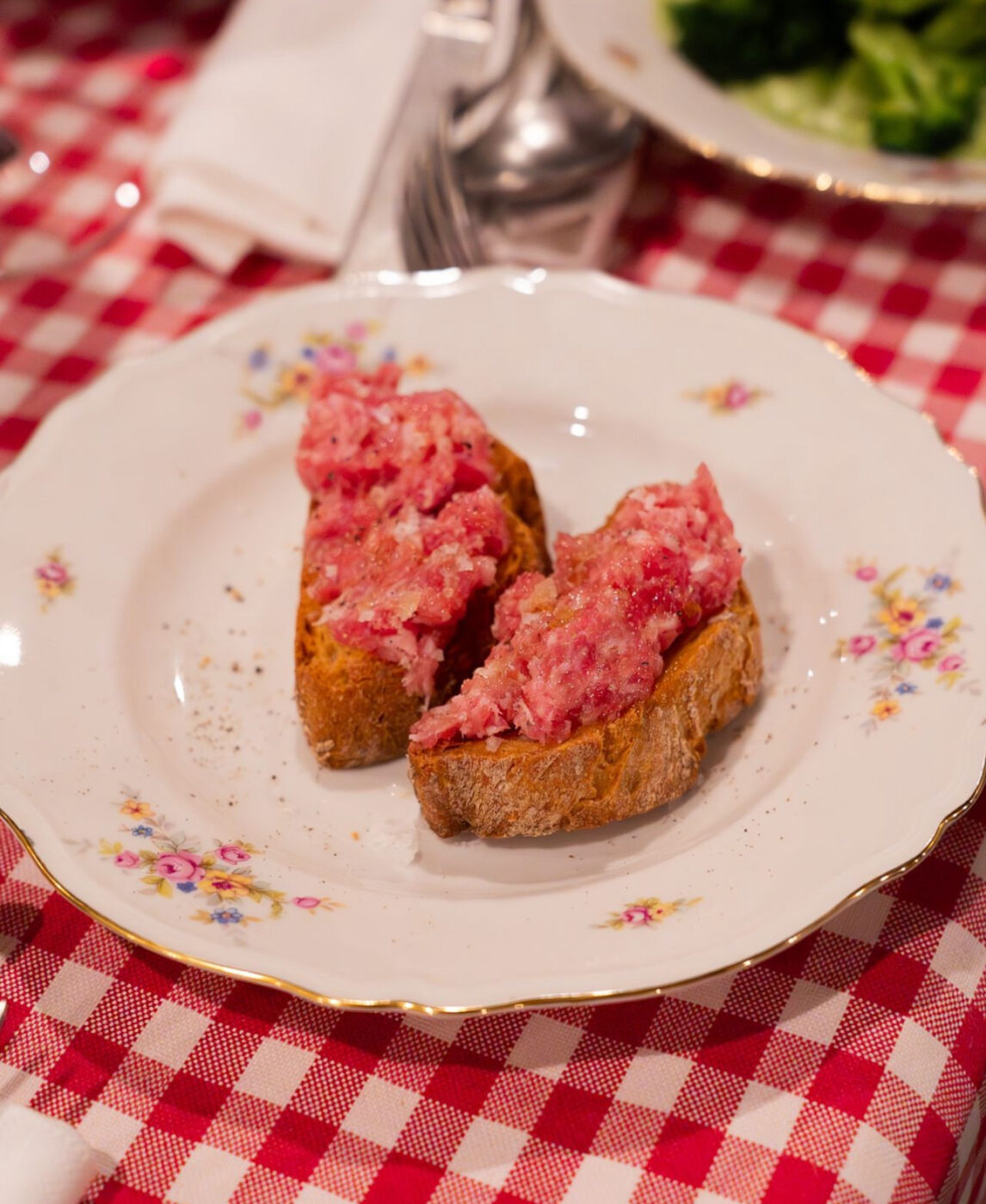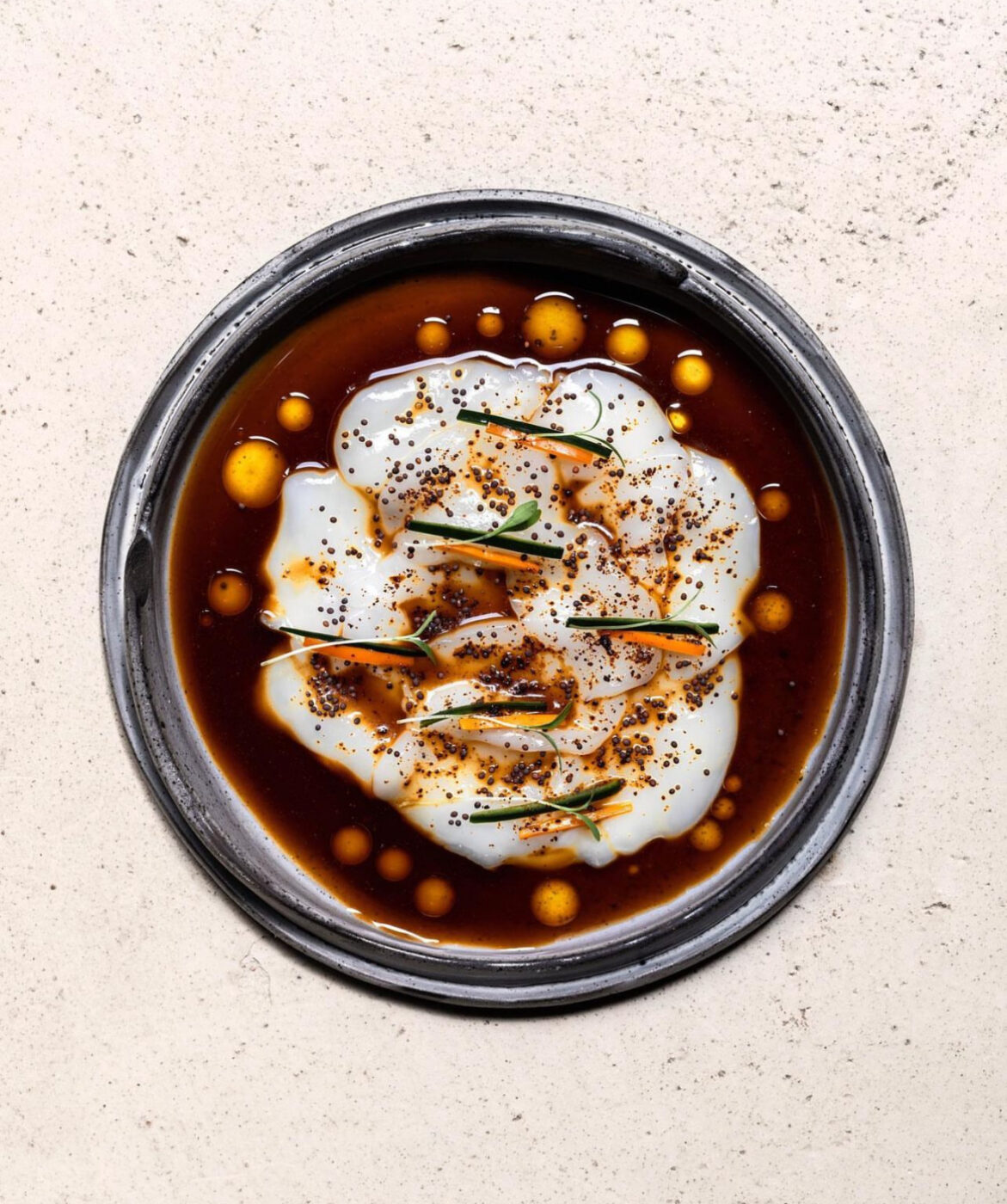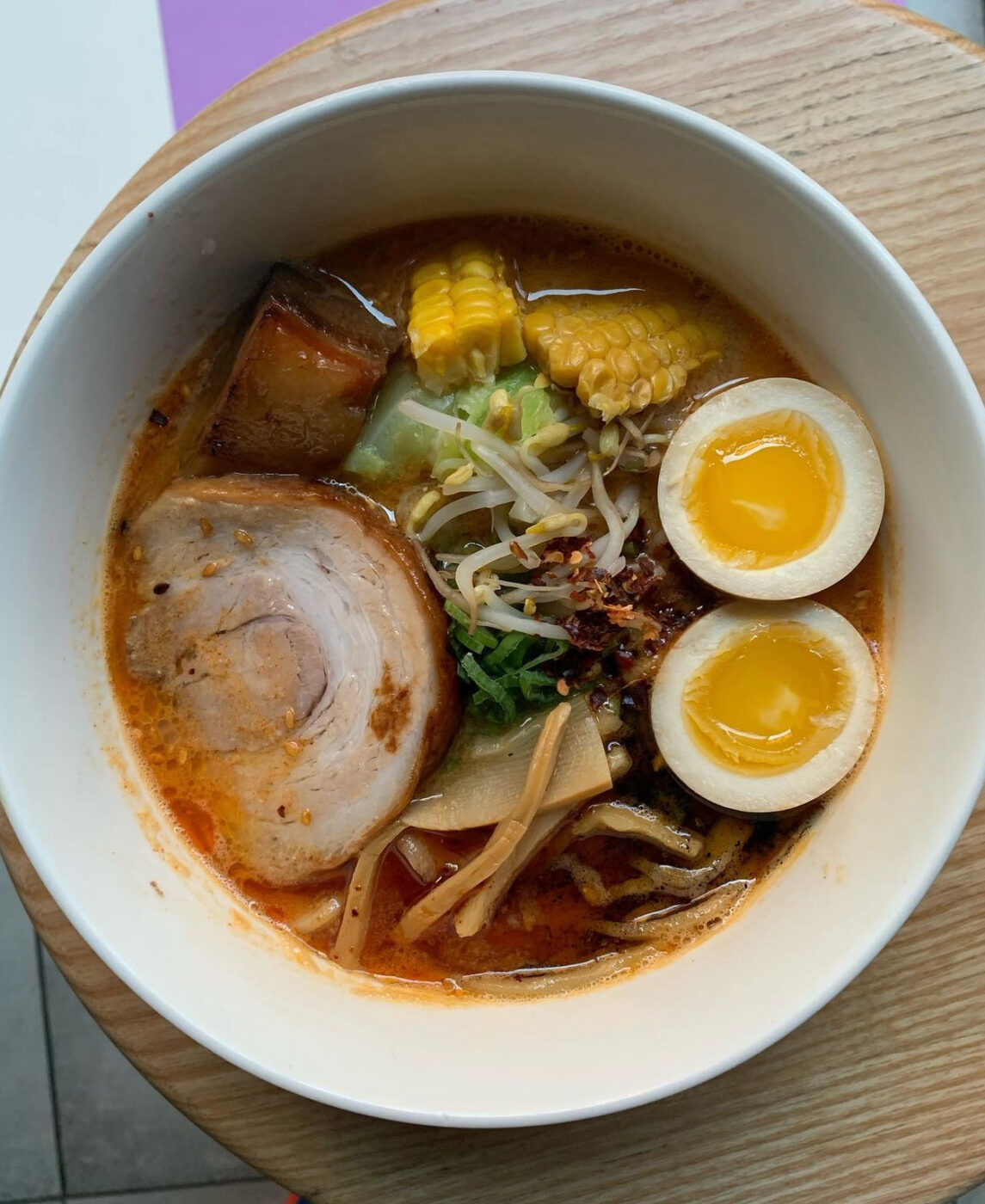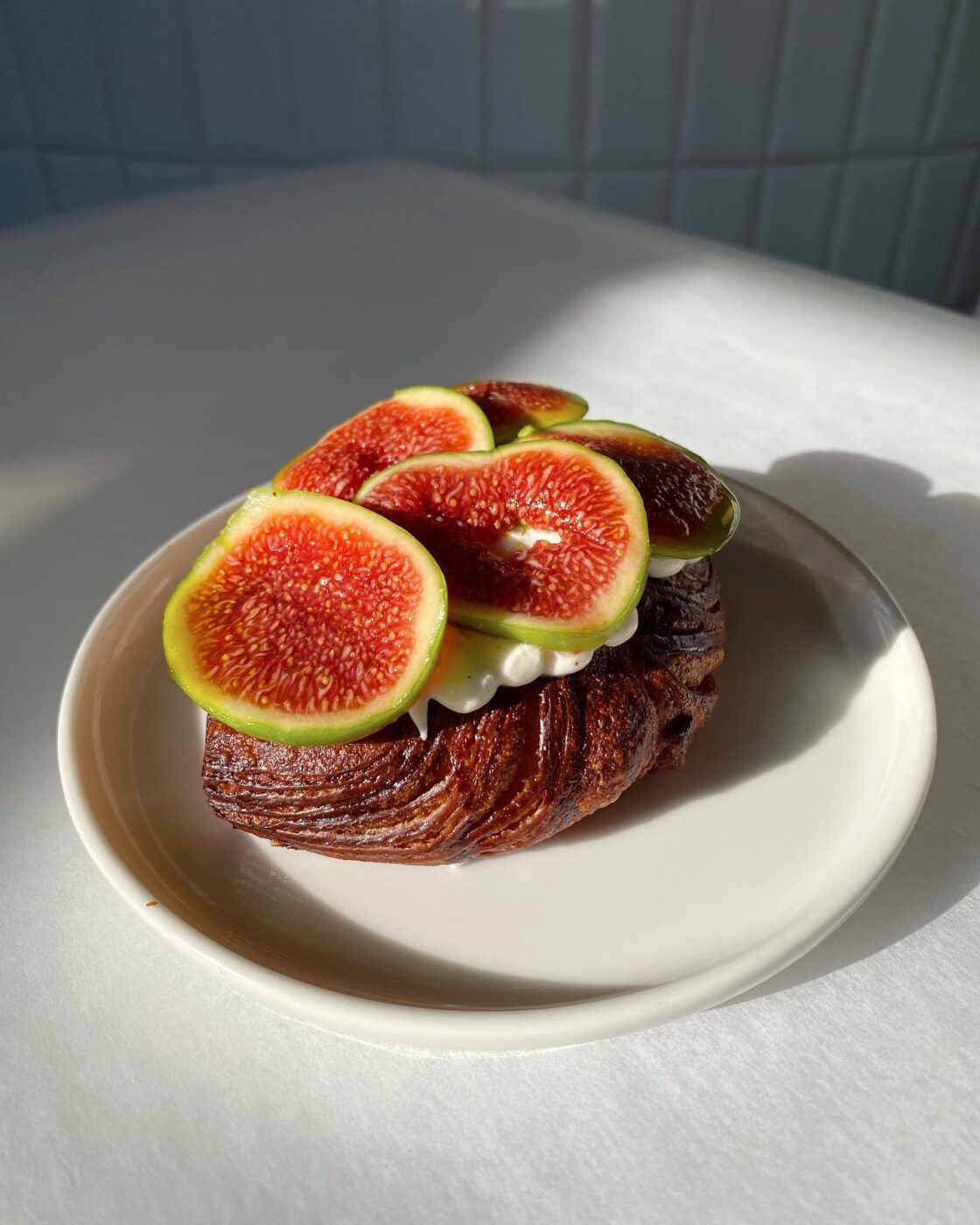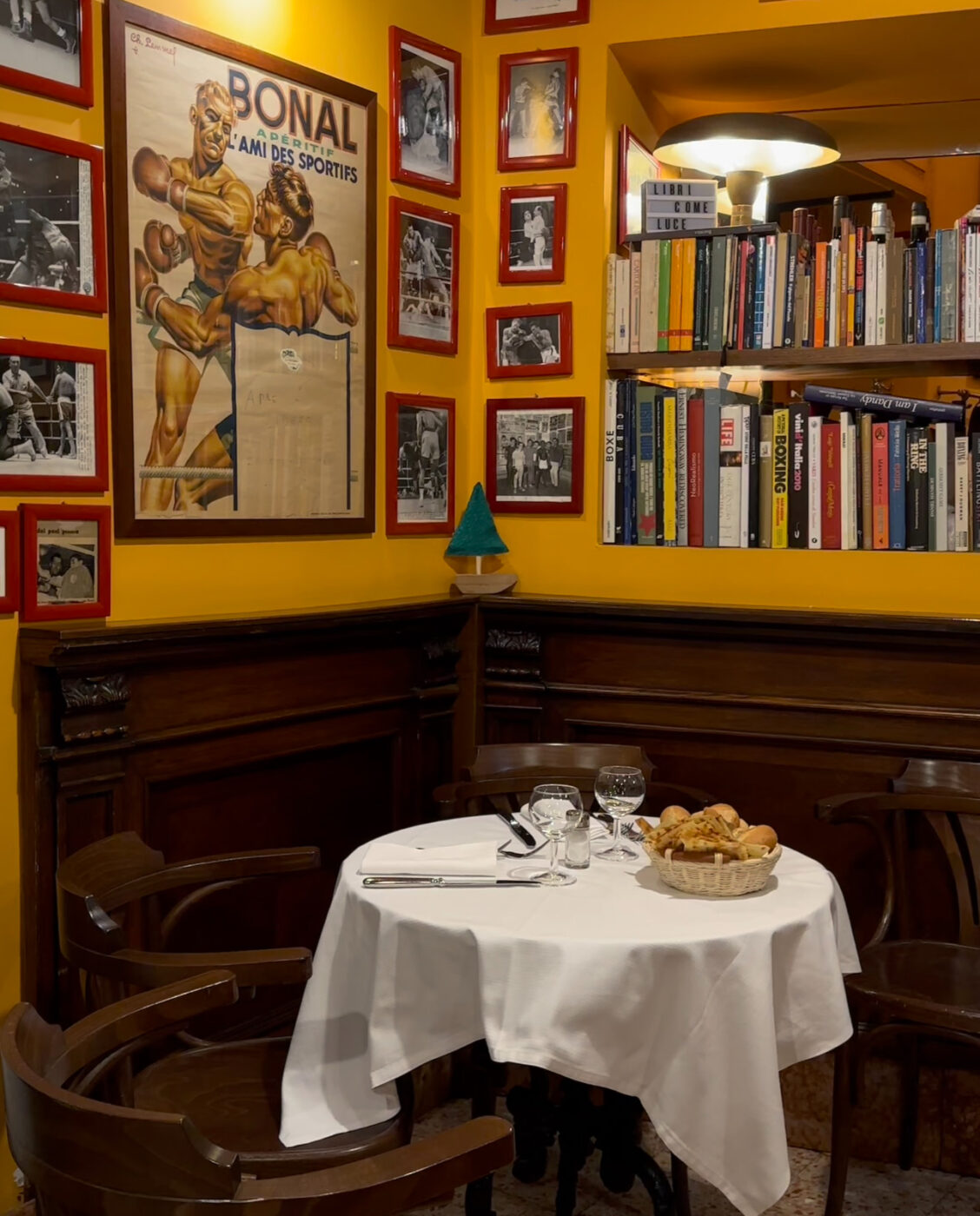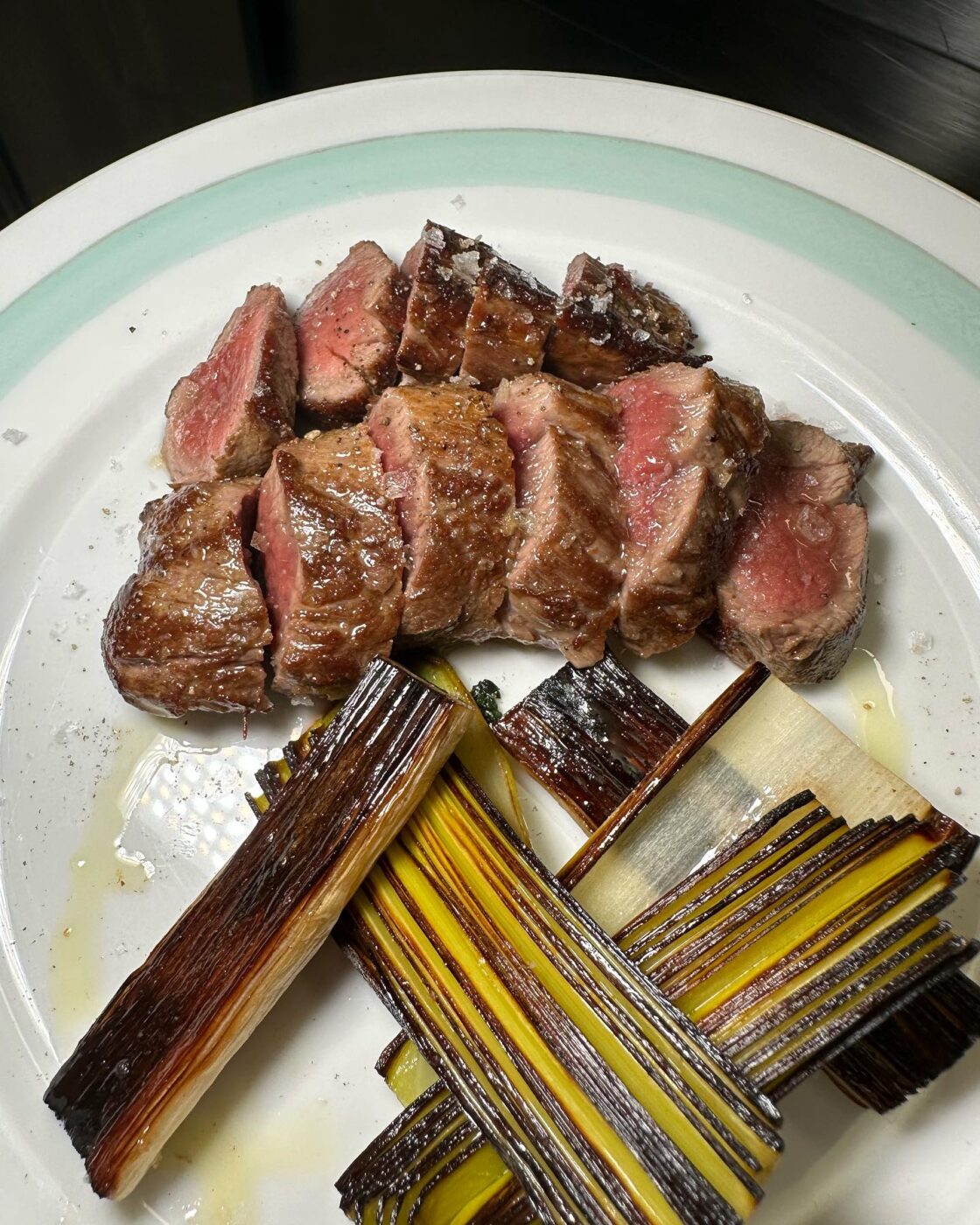Milan gets a bad rap a lot of the time–people say it’s ugly, expensive, soulless–but we beg to differ, especially when it comes to the city’s food scene. What it lacks in local charm, it more than makes up for by being home to hearty, soul-stirring classics like ossobucco and minestrone, the country’s most food diversity (and one of the best Chinatowns in all of Europe), and a young, stylish spirit that keeps things around here feeling fresh and of-the-moment.
On the traditional side, much of Milanese cuisine traces back to the historical Spanish occupation–spices like saffron enrich risotto, and mondeghili (a type of meatball) recall albondigas–while Lombardy’s cattle production has left an equally large imprint. Beef and dairy-heavy dishes are a hallmark of the capital city: lactose intolerant friends should beware of classics like costoletta alla milanese and rostin negaa–a “drowned roast” of veal–both appropriately swimming in butter. As with much of Italy, menus here encompass the historical foods of both the regional rich and poor: the former opted for “golden” risotto flavored and colored with pricy saffron, while the latter survived on cassoeula, a stew made from offal and cabbage, and trippa alla milanese or busecca, a soup of tripe, beans, vegetables, broth, and tomato. And, as the multicolored, festive boxes of panettone get stacked on international shelves over the holiday season, it’s Milan we have to thank.
Today, some of the best food in the city isn’t actually Italian, thanks to the city’s large immigrant population (at 20% of the total!). As much as we love tiny mom and pop trattorias and hyper-regional cuisines, in a country that is so stuck on its laurels, Milan’s progressive dining culture feels like a breath of fresh air.
Below, some of our favorite food destinations in the Lombardian capital:
THE CLASSICS
Nuovo Macello – The costoletta is the reason to come here: veal left to hang for 40 days, cooked slowly in a pan with a little butter, served pink. The “Nuovo Macello” (new slaughterhouse) encapsulates the enduring spirit of old Milan while constantly renovating its cuisine with an elevated, creative touch.
Must Order: The costoletta done the original way, the mondeghili, and salami
La Libera – In 1979, friends and co-owners Gino and Italo founded La Libera in Brera; one of Milan’s first specialty breweries, the spot served craft beers and a few simple dishes, eventually expanding the menu to include wine and a more expansive menu. We love that they kept the original bar, which pairs well with repurposed vintage furniture, vibrant orange walls, and the warm presence of the proprietary duo.
Must Order: Risotto al salto, costoletta alla milanese, gelato al forno, and fichi gratinati allo zabaione
Ciciarà – A bright and airy restaurant for meat lovers with a focus on fresh, seasonal produce and whole-animal cooking: the fish comes from fresh water sources–in an attempt not to deplete the seas–and the meat from sustainable farms. The menu changes often, but always reflects the quality of the raw ingredients and includes all cuts of the animal.
Must Order: If available, the mondeghili with salsa verde and the tagliatelle with ragù (whether it’s sheep, deer, donkey–it’s always amazing)
Ratanà – An elevated, modern take on a classic Milanese osteria with a focus on sustainability and sourcing from small, artisanal producers. Find the restaurant in the Fondazione Riccardo Catella, a refurbished Art Nouveau railway warehouse in the up-and-coming Garibaldi district right by Porta Garibaldi train station. When it’s warm, be sure to sit outside, right next to their vegetable garden.
Must Order: Risotto alla milanese, torta cioccolato e albicocche
Trippa – This place is the lovechild of street food, our grandmother’s cooking, and a trattoria. As the name suggests, the focus at this cozy, small trattoria is on tripe and lesser-used cuts of meat, though the fresh pastas are also excellent. It’s the type of home-cooked food we love to eat, but not necessarily to make ourselves. Book ahead!
Must Order: Vitello tonnato, trippa fritta
Trattoria Madoninna – Jump back in time or into a Neorealist movie at this spot, one of the oldest, if not the oldest, trattoria in Milan, going by the same name since 1722. On the Naviglio Pavese, Trattoria Madoninna offers a rustic, cosy vibe filled with memorabilia and traditional hearty dishes.
Must order: Tagliolini madonnina, ossobuco, and homemade gelato
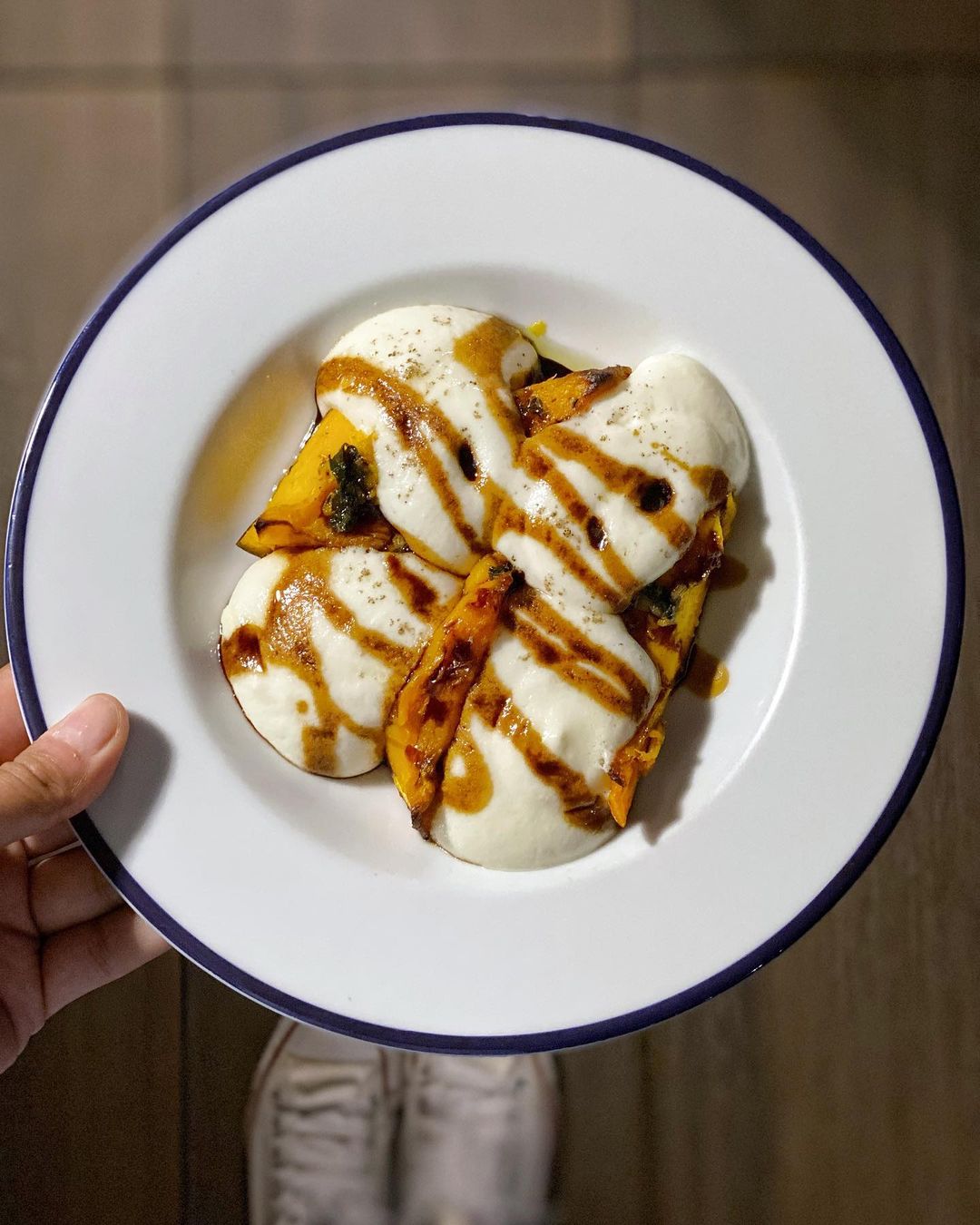
Trippa Milano
Camparino in Galleria – An iconic, historic bar located in the Galleria Vittorio Emanuele II. Established in 1867, it’s renowned for serving classic Italian cocktails, especially those with the city’s famous aperitif, Campari. Perfect for a mid-day Campari seltzer or a Garibaldi paired with a leisurely, casual lunch at their Bar di Passo.
Must Order: Vitello tonnato and a veal cotoletta
Da Giacomo – This six-decade-old local institution encompasses a bistro, rosticceria, cafe, tabacchi, deli shop, and pasticceria under the same umbrella. The bistro is predominantly seafood (Milan has some of the best!) and the rosticceria calls back to the owner’s Tuscan roots with traditional cucina povera dishes. From the interior, you wouldn’t be able to guess that the bistro is 60 years old: pastel yellow and green walls compliment white tablecloths and green-rimmed plates, making the restaurant bright, clean, and full of life.
Must Order: Tortello cacio pepe, gambero rosso, bottarga e lime
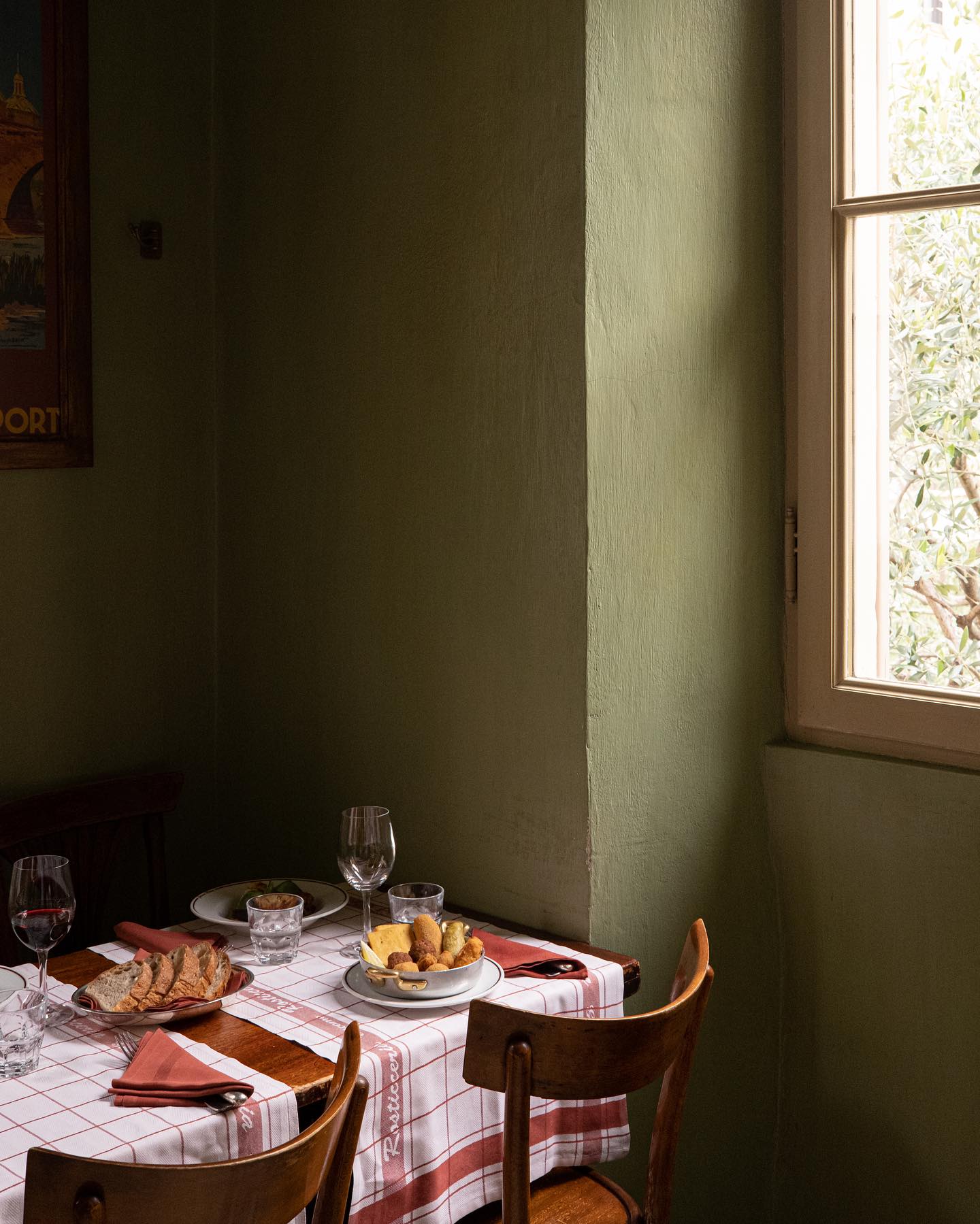
Courtesy of Giacomo Rosticceria
Røst – In the trendy Porta Venezia neighborhood, Røst fuses Scandinavian design with seasonal Milanese produce and flavors. Unusual vegetables and meat cuts are featured in minimalist small plates accompanied by a list of over 200 organic, biodynamic natural wines.
Must Order: The menu changes, but, if available, the morbegno egg with sorel and stracchino and the shoulder terrine, brussels sprouts, horseradish, and coffee
Nebbia – Natural wine takes center stage at this tiny, chaotic gem of a spot on the Navigli. It’s perfect for a quick lunch of small plates featuring market-fresh produce. Here, Italian cuisine gets a younger, more creative approach.
Must Order: Pan brioches, patè di fegatini e cipolle rosse, the risotto with Montoro onions, capers and bergamot, agnolotti al ragù genovese, and tartare di fassona
La Bettola di Piero – Red-checkered tablecloths, casual atmosphere, friendly staff, and Lombardian homestyle dishes like osso bucco and risotto alla milanese: no frills, all substance.
Must Order: Costoletta alla milanese, patate arrosto, tiramisù
Ristorante il Consolare – Milan has some of the best seafood in Italy, and this place, tucked away in an alley behind Piazza del Carmine, proves it. It’s simple, classically designed, and doesn’t need to show off; the exquisite food speaks for itself.
Must Order: Anything seafood!
Pizza Am – Far from Campania in distance but not in taste, this local-favorite spot in Porta Romana serves long-leavening, thick, chewy Neapolitan pizzas within a matter of minutes. The ingredients, decor, and atmosphere are as bright and spunky as Calabrian chef/owner Pasquale Pometto. Expect long lines that move quickly. They only make six types of pizza, plus a sort of pizza sandwich–the pometto–stuffed with arugula, cherry tomatoes, three types of cheese, and olive oil.
Must Order: You can’t miss with any of the six.
Osteria La Semivuota – This recently opened osteria by young Chef Giacomo Edoardo Salmoiraghi serves traditional dishes from Lombardy and one of the best costolette in town. Inside is a cozy, Milanese tavern vibe inspired by old school trattorie and classic Italian cinema.
Must Order: Costoletta alla milanese, giardiniera, mondeghili, tarassaco, and panna cotta
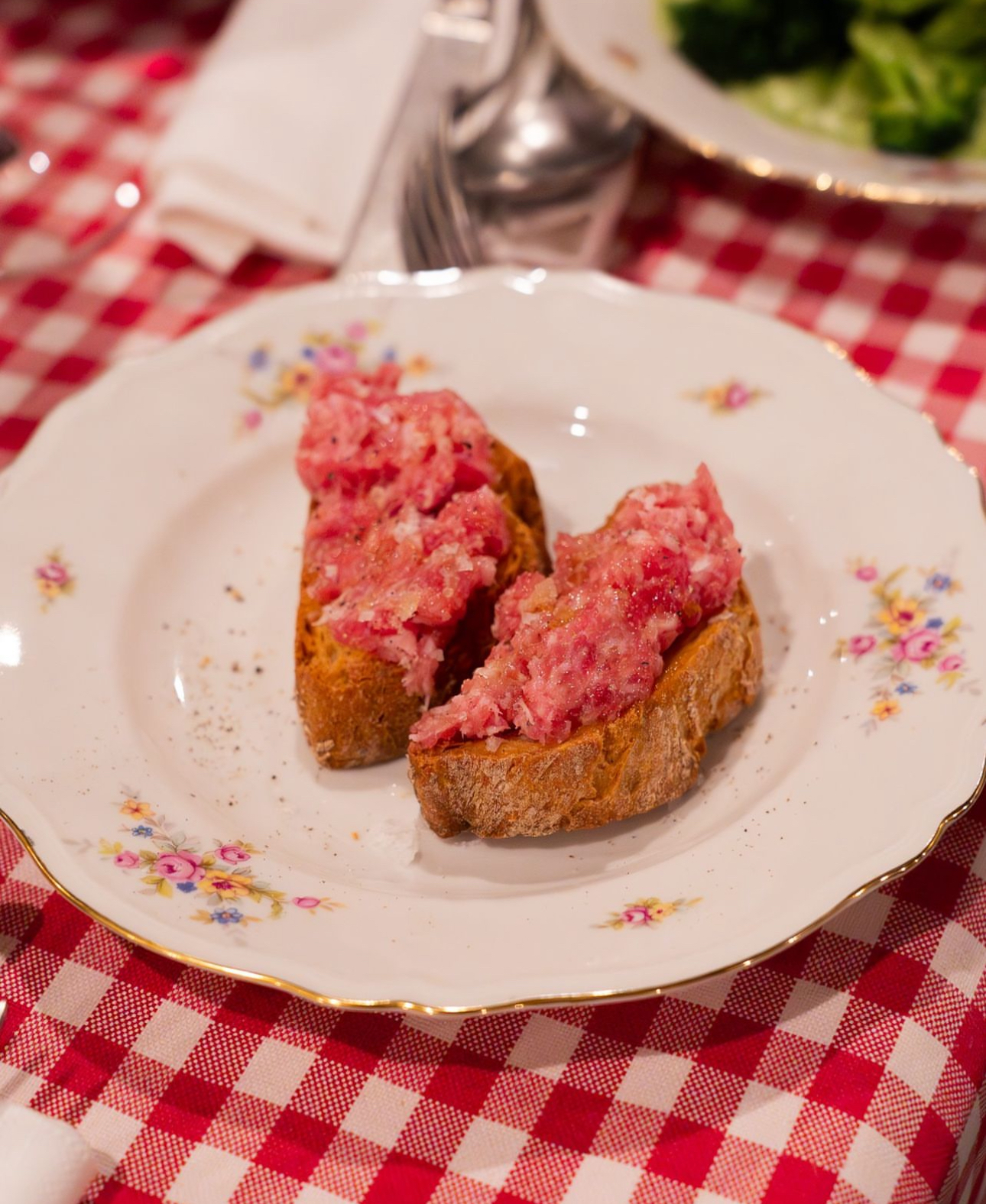
Osteria La Semivuota
NON ITALIAN RESTAURANTS
Yoshinobu – The soft, monochrome space serves Japanese classics and a daily menu featuring the line caught fish that Chef Yoshinobu Kurio–Yoshi to his friends–gets fresh early that morning from the market. The sushi is impeccable, and at lunch you can order a bento box featuring an assortment of Chef Yoshi’s creations.
Must Order: 10 piece nigiri omakase, maki special lobster, Nuta mixed fish, and, at some point, you have to try all of the temakis
Osaka – A haven for those who appreciate the classics of traditional Japanese cuisine, Osaka is on every Milan food guide for a reason. It’s great for a quick lunch of ramen or chirashi, or for a dinner to try transitional dishes like grilled fish cheeks, Kabayaki-style grilled Italian eel, or Saikyoyaki-style grilled marinated black cod. Inside, you can sit at a low, wooden sushi counter, or at individual booths, separated by white curtains and geometric wooden panels.
Must Order: Grilled fish, ramen, chirashi
Kanpai – Found in the heart of Porta Venezia’s via Melzo, known for its neighborhood peace-breaking “movida” of thirst quenchers, Kanpai fits right in with a Japanese street food vibe superb, sharing-style delights–from the delightful baos and gyozas to the okonomiyaki, which is so good it warrants two orders. An excellent selection of Japanese sakes, whiskeys, and fanciful cocktails can also be best enjoyed at the seated bar.
Must Order: Kaarage marinated in ginger sake and dipped in yuzukoho mayonnaise, gyozas, baos, okonomiyaki, kimchi
YAPA – Here, you’ll forget you’re in Milan or even Italy; you might be in Mexico City or Peru, but wherever it is, it’s great and different. With some solid dishes (the ceviche!), great ambiance (sit at the bar!), and superb drinks (order the margarita or Bloody Mary), you’re assured a fantastic night.
Must Order: Ceviche, beets, duck fried rice, nashi
Zazà Ramen – This hip sake bar and restaurant is a fully functioning art gallery, with rotating exhibitions by international artists that match the hip vibe of the place. But what we really come for is the ramen: simple, tasty, and perfectly balanced. Sit at the counter and start with the gyoza (shrimp and leek, if they have it) or the ichiban eggplant, followed by the chashu ramen or veggie ramen, packed with fresh seasonal vegetables in a shoyu broth.

IYO Omakase – This seven-person omakase counter is one of the best Japanese restaurants in town; the perfect balance between quality and price, your order is up to the masters behind the counter (and we’re glad to trust them).
Bentoteca – Born as a pop-up, this restaurant gained such a following that it’s now a permanent institution in the city. The menu boasts amazing Japanese dishes made using Italian ingredients–combining chef Tokuyoshi’s Japanese origins and a passion for Italy–paired with an extensive natural wine and beer list. The dining room is super chic, with dark green walls and pastel, velvet-backed chairs.
Must Order: Tuna temaki, pigeon
Gastronomia Yamamoto – This family-run restaurant features a homestyle Japanese menu that evokes memories of the owner’s childhood in Japan eating at her grandmother’s house.
Must Order: Japanese curry, ochazuke with chicken and umeboshi, and, at lunchtime, the donburi
Mao – If you look beyond the controversial name, the chili-laden, Hunan-style food speaks for itself. Go in a group so you can try more.
Must Order: Crispy pork ribs, braised pancetta, and all of the dumplings
Maoji Street Food – Hunan-province street food reigns on their fantastically diverse menu. The interior is destined to look like you are ordering from a street food booth, complete with various Chinese knick-knacks.
Must Order: Nan rolls, taro with pancetta, baozi
Li-Sei Deli – Bright, Korean classics in a warm and inviting atmosphere, with a “real Korean mother” helming the kitchen.
Must Order: Fried chicken with sweet and sour sauce, onigiri and ssam
Casa Ramen – A modern twist on traditional Japanese ramen with a variety of flavorful broths and fresh ingredients.
Must Order: Pork buns and “Miso on Fire”
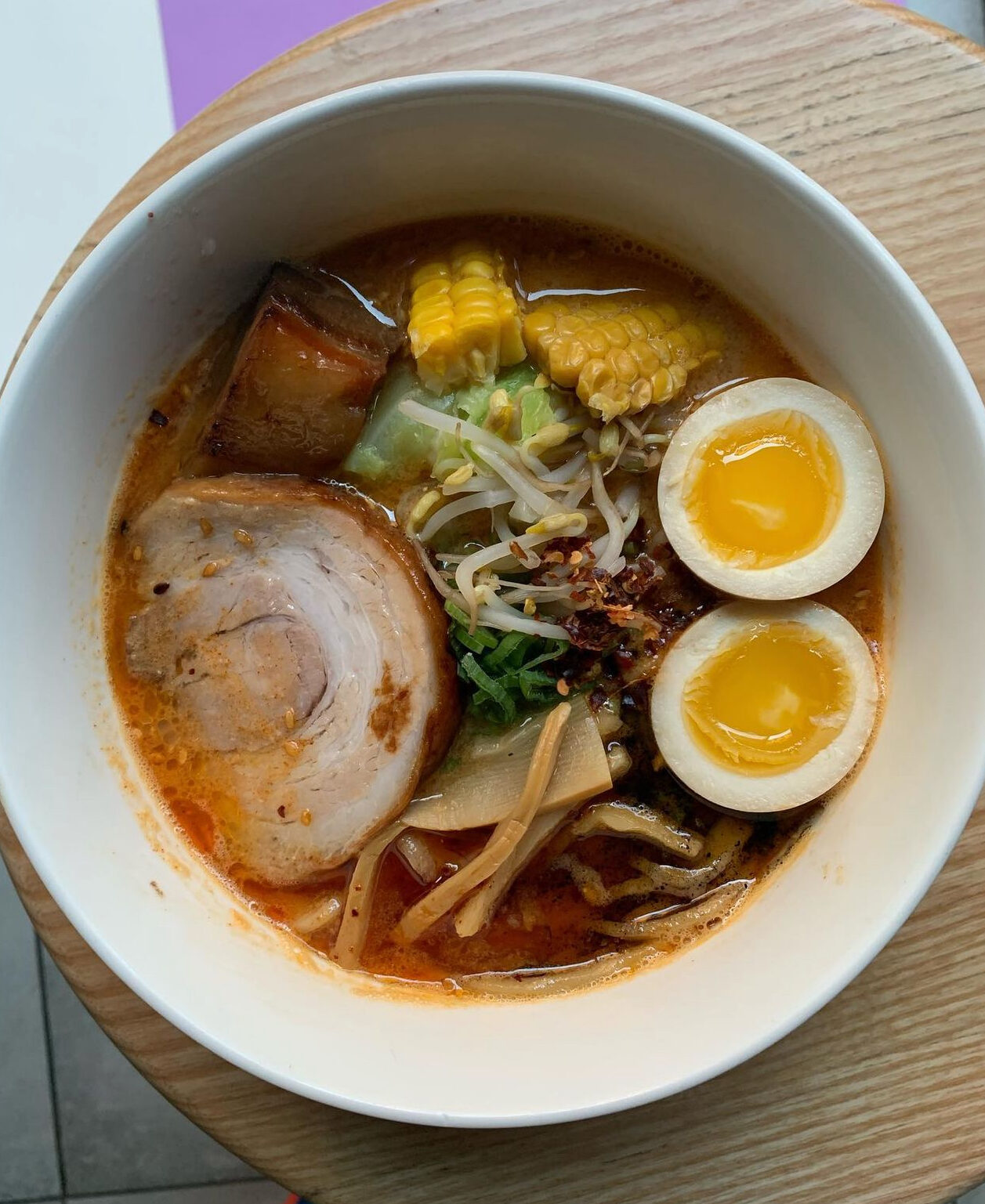
Courtesy of Casa Ramen
BAKERIES
These are some of our favorite new bakeries on the scene. For the classic, old-school institutions in the city, check out our article Breakfasting in Milan.
Panificio Davide Longoni – Incredible attention to sourcing the best local grains makes their long-fermented sourdoughs shine.
TONDO Forno Artigiano– An alum of the University of Gastronomic Sciences of Pollenzo, head baker and owner Silvia puts thoughtful emphasis on sourcing her grains and raw materials from only the best producers in Italy, and it shows in the quality of her sourdoughs and Ligurian-style focaccias.
Pavé – Flaky, buttery, laminated pastries, naturally leavened focaccias, and bright, fresh fare for lunch and brunch. This is also a great coworking spot during the week.
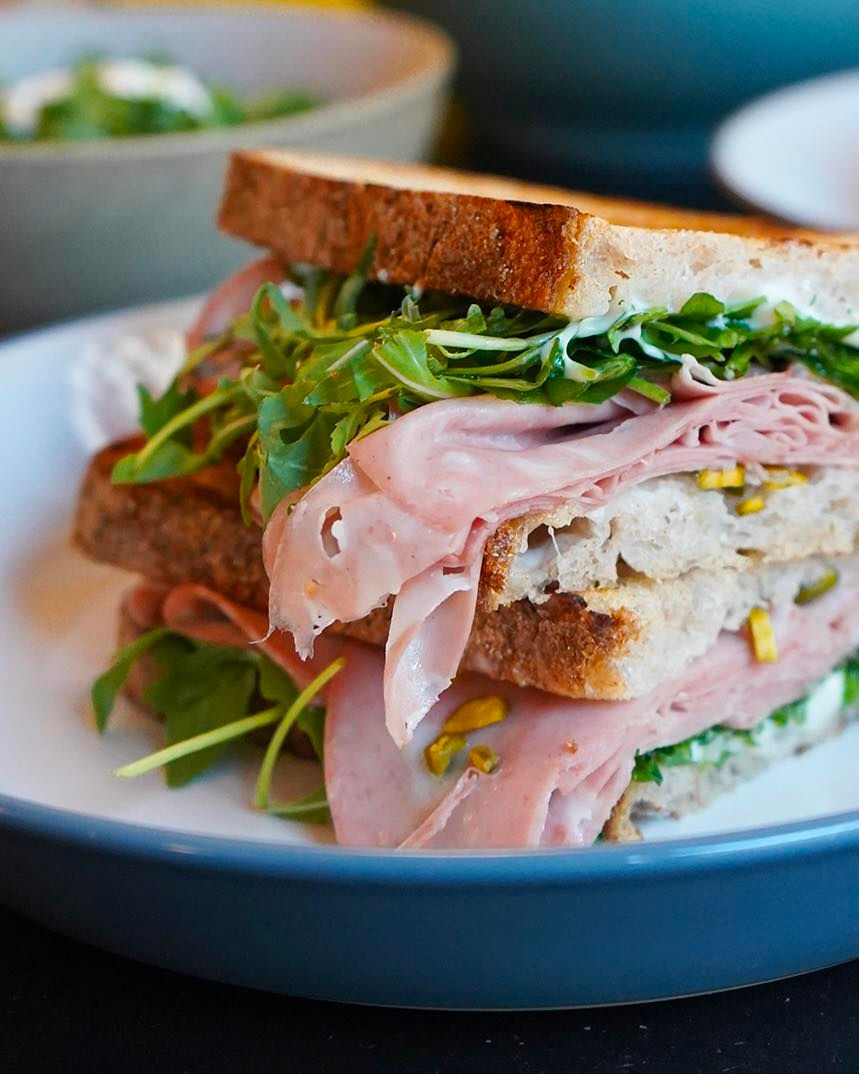
Courtesy of Pavè
Tone – Beautiful sourdough breads and fluffy pastries like maritozzi and madeleines accompany natural wines at this aesthetic spot.
Pasticceria Ranieri – Pumping out superb products on via della Moscova since 1966, this small, charming bakery features grand crystal chandeliers, mahogany wood details, and two large prints of MINA’s food-inspired album covers. The open-view “laboratorio” gives a BTS look. Don’t miss the panettone with pineapple and candied orange peels.
Tipografia Alimentare– Translating to “Food Storytelling”, this hip bistro/food hub in the Gorla district does just that: uses their food to tell a story. Here, the raw ingredients really do shine, all sourced locally, sustainability, and prepared with care. The menu changes daily, dictated by whatever is in season. Stop by for breakfast, lunch, and aperitivo, and take whichever of their products you fell in love with home with you.
Loste Cafè – Modern bakery doling out sourdough loaves, delicate pastries, and fantastic Italian coffee in a small, Scandi-style, minimalist space. They also serve a thoughtful lunch menu.

Loste Cafè
STREET FOOD
Panini De Santis Milano – Founded in 1964 by the De Santis couple, the panini are excellent–even if it’s also a bit touristy. It’s worth going for the aesthetic alone, which is old-fashioned and charming, thanks especially to the Tiffany-style lamps. The original location on Corso Magenta is the way to go here.
Ravioleria Sarpi – The renowned butcher Walter Sirtori on Via Paolo Sarpi chose Agie Zhou, a Chinese butcher, as his successor. Zhou not only matched Sirtori’s excellence but also added his own flair. A few months later, he opened a fantastic dumpling shop next door, which he now runs with his aunts, using meat from the city’s top butcher.
Pantera Pizza Rustica – Every evening from 7 PM on, this modern little pizzeria—with a tagline of “hunger is stronger than fear”—serves up some of the best pizza al taglio north of Rome. Try the extra crunchy supplì “al telefono” alongside a slice of pizza with thinly sliced potatoes and one with spicy marinara. Inside is small, so take your order to go—though chances are you won’t make it past the next corner.
Cooperativa La Liberazione – The food isn’t much to write home about, so temper your expectations; come here instead for the convivial, local ambiance of a classic circolo.
OUTSIDE OF THE CITY CENTER
Antica Trattoria del Gallo – The perfect weekend lunch fuoriporta. Now run by the third generation of the same family that opened this trattoria in 1870, come here for unpretentious white tablecloth dining with a focus on Milanese classics.
Must Order: Cotechino with lentils, pollo diavola
Al Laghett – Next to the Abbazia di Chiaravalle, this is another ideal place for a city-escaping lunch. Expect old-world flavors in a warm and familiar atmosphere that has been virtually unchanged since 1890.
Must Order: Tortelli fatti in casa, cassoeula con polenta, costoletta (must be ordered in advance) and the sbrisolona to end the meal


